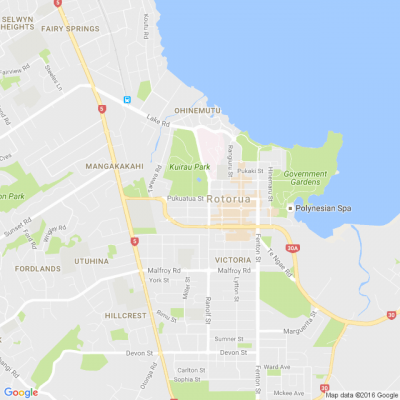
Know what’s happening
Access the private noticeboard for verified neighbours near you. Keep informed about any suspicious activity, send urgent updates to your neighbours when required and discuss emergency planning.
Get to know your neighbours
Browse the directory and start getting to know your neighbours. Don’t want to post to the whole neighbourhood? Send a private message.
Buy, sell and give away
Want to declutter your garage? Buy some used household items? Give away some garden stuff? Become a verified neighbour to browse and post items for sale. Trading is simple when everyone lives nearby.

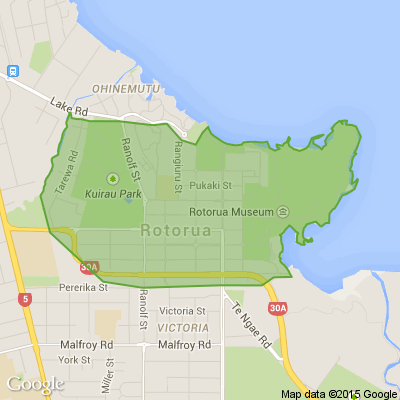
Keep it local
Share any events in your area for your neighbours to enjoy

Thank you for using Neighbourly
You may receive an email confirmation for any offer you selected. The associated companies will contact you directly to activate your requests.
Hi neighbours,
Labour will make Matariki New Zealand's 12th public holiday from 2022 if re-elected, Jacinda Ardern has announced.
The new winter public holiday would fall at some point during the Matariki period, with an expectation that it would always happen on either a Monday or a Friday.… View moreHi neighbours,
Labour will make Matariki New Zealand's 12th public holiday from 2022 if re-elected, Jacinda Ardern has announced.
The new winter public holiday would fall at some point during the Matariki period, with an expectation that it would always happen on either a Monday or a Friday.
The policy announcement follows a series of public campaigns for Matariki, which acts as the Māori New Year, to be recognised.
We want to hear your thoughts about Matariki becoming a public holiday. Do you support the idea, or are you against it? Perhaps you have a counter proposal.
Share your thoughts here.

355 replies (Members only)
Robert Anderson from Curtain Clean Rotorua
Unravelling textile testing - Colourfastness
Colourfastness is one of four key topics (others include Abrasion Resistance, Pilling, Seam Slippage) that we are covering to provide some background as to how we test and why.
Test results provide us with critical information about textile’s … View moreUnravelling textile testing - Colourfastness
Colourfastness is one of four key topics (others include Abrasion Resistance, Pilling, Seam Slippage) that we are covering to provide some background as to how we test and why.
Test results provide us with critical information about textile’s durability and suitability for certain applications. We externally test all James Dunlop and Mokum textiles in Melbourne at a highly reputable laboratory who are amongst the most conservative and stringent in the world, due to the extremely harsh environmental conditions we face here in Australia and New Zealand.
We have gathered a number of frequently asked questions relating to colourfastness so we asked our Mokum studio designers Stephanie Moffitt and Annie Moir to share their expert knowledge.
One of the most important textile tests is that of colourfastness.
Simply put, a colourfastness test measures how well a textile will resist or withstand fading. Fading typically means a change in colour which may be a change in hue, depth or brightness of colour. We perform a range of different colourfastness tests when developing a new textile, we test its resistance to fading against UV light, as well as washing / dry cleaning and also rubbing.
Can you briefly outline the colourfastness to washing/ laundering test?
Colourfastness to washing and/or dry cleaning measures a fabrics ability to withstand fading or colour loss from laundering. The test replicates specific cleaning methods then measures any colour loss against a set of five grey scales, creating a result (1 being least colourfast and 5 being most colourfast). In this instance, a result of 4-5 is the result we strive for.
One question pops up a lot, if a product is machine washable can it be spot cleaned?
We would always approach spot cleaning with water or a cleaning product with caution. Most of our washable textiles are rating as delicate or gentle washing which means a delicate setting and we would prefer a delicate washing liquid. Whereas spot clean tends to be more localised and more aggressive. If spot clean is needed always first try a dry white clean cloth, to reduce any colour loss as this often can remove a stain.
Can you briefly outline the colourfastness to rubbing test?
Colourfastness to rubbing, or commonly known as ‘crocking’ measures fabric resistance to colour loss when subjected to rubbing or friction from another fabric. This is particularly relevant for upholstery textiles – you can imagine wearing white pants and sitting on a dark coloured sofa, you’d want to be confident that when you stand up your pants haven’t changed colour.
With this test, a white cloth is used as a standard abradant, and rubbed against the test fabric in both in both dry and wet conditions, with wet being more severe. Any colour transfer onto the white cloth, and colour loss from the test fabric is analysed and measured against a set of 5 grey scales (1 being least colourfast and 5 being most colourfast). The result we receive from the lab helps us to determine the recommended usage for the upholstery fabric.
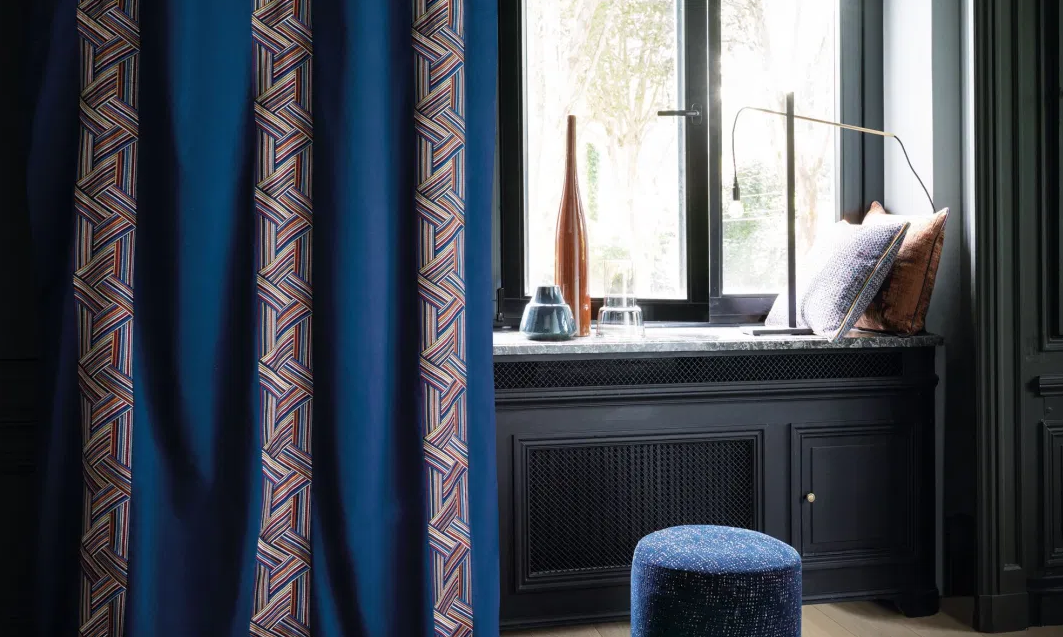
A user of a snorkel product has reportedly found a piece of material detached inside, which may have lead to them choking.
The snorkel, manufactured by major water sports company arena, issued the recall which affects snorkels bought at various stores in the Auckland, Wellington, Canterbury and … View moreA user of a snorkel product has reportedly found a piece of material detached inside, which may have lead to them choking.
The snorkel, manufactured by major water sports company arena, issued the recall which affects snorkels bought at various stores in the Auckland, Wellington, Canterbury and Bay of Plenty regions.
What you need to know:
- The recall affects the arena Swim Snorkel II & Swim Snorkel Pro II.
- A piece of material may become loose in the snorkel which can become a choking hazard.
- The products were sold at Swim T3 and Teamline Stores from October 2019 to April 2020.
- Fill out this survey to check whether your snorkel has been affected.
Known owners of the snorkel will be contacted by Swim T3 or Teamline.

Rina from Lynmore
Fundraising for the 29(Rotorua) Air Cadets
Saturday 12 September, 9am
Come along and grab a bargain... sausage sizzle and home baking too.
Negotiable
In the market for yearling bulls? We know every advantage counts in the farming industry. Advantage is exactly what we give the breeders and farmers we partner with.
PGG Wrightson Livestock Genetics combine decades of hands-on rural experience with the most comprehensive data available.
We … View moreIn the market for yearling bulls? We know every advantage counts in the farming industry. Advantage is exactly what we give the breeders and farmers we partner with.
PGG Wrightson Livestock Genetics combine decades of hands-on rural experience with the most comprehensive data available.
We partner with forward-thinking breeders and farmers to enhance animal performance and improve business results.
If you’re looking for better business results, then view upcoming PGG Wrightson Yearling Bull Sales around New Zealand.
Find out more

We need your help! The calibre of entries for this year's Resene Upcycling Awards has blown us away. We now need YOU to vote for your favourite below. The four designs with the most votes will each receive a $200 Resene voucher and a $300 Prezzy® card!
Find out more about each entry here. … View moreWe need your help! The calibre of entries for this year's Resene Upcycling Awards has blown us away. We now need YOU to vote for your favourite below. The four designs with the most votes will each receive a $200 Resene voucher and a $300 Prezzy® card!
Find out more about each entry here. If you entered and didn't make the cut, don't worry! There's still spot prizes and other special category winners that are yet to be announced...
Thanks for voting; your clever neighbours thank you!
Mei Leng Wong Reporter from NZ Gardener & Get Growing
In this week’s issue we say you can grow herbs even in small gardens. Plus get cracking with spring seed sowing, repot houseplants, sow sweet peas, feed rhubarb plants, and look after newly-planted fruit trees. Follow this month’s guide to plants to sow and grow and meet the 2020 Houseplant … View moreIn this week’s issue we say you can grow herbs even in small gardens. Plus get cracking with spring seed sowing, repot houseplants, sow sweet peas, feed rhubarb plants, and look after newly-planted fruit trees. Follow this month’s guide to plants to sow and grow and meet the 2020 Houseplant Hero. Plus go in the draw for Tui potato growing products and Mr Fothergill’s ultimate gardening pack.
Delivered every Friday to your email inbox, Get Growing digital magazine offers seasonal gardening advice from the NZ Gardener magazine's team of experts. Each week we answer all your burning questions on raising fruit and veges and tell you the top tasks to do in your backyard this weekend. Subscribe here:

Robert Anderson from Curtain Clean Rotorua
Stop cold air getting into your home by stopping draughts around doors, windows and fireplaces.
www.youtube.com...
The Team from Resene ColorShop Rotorua
Messy desk, messy life, so they say. Even if you disagree with the sentiment, there’s something calming about having an organised desk that lets you concentrate on being productive on the work that matters.
Keep your desktop clutter free with this clever DIY desk organiser. This one uses a … View moreMessy desk, messy life, so they say. Even if you disagree with the sentiment, there’s something calming about having an organised desk that lets you concentrate on being productive on the work that matters.
Keep your desktop clutter free with this clever DIY desk organiser. This one uses a green/blue paint palette, but get creative with the Resene colours that you love.
Make the most of this weekend with this easy step by step project idea from Resene. Find out how to create your own.

Hi neighbours,
Are you looking for a new pantry staple? A Canterbury restaurateur has launched his own te reo Māori-branded tomato sauce after boycotting another for “bastardising” the language.
Fush owner Anton Matthews has teamed up with Barkers to produce Kīnaki Tomato after removing … View moreHi neighbours,
Are you looking for a new pantry staple? A Canterbury restaurateur has launched his own te reo Māori-branded tomato sauce after boycotting another for “bastardising” the language.
Fush owner Anton Matthews has teamed up with Barkers to produce Kīnaki Tomato after removing Watties from his Christchurch restaurant because the company poked fun at Māori place names in an advertising campaign.
Matthews, who has become well-known for championing the country’s indigenous language, is proud to have te reo Māori on sauces displayed on his tables.
When he went in search of a new sauce to accompany his kaimoana (fish) and chips in January, they picked a sauce they loved, and asked the Geraldine-based condiment producer if it could collaborate on a label.
“I’m really stoked that they’ve taken a chance on us.”
To read more about Kīnaki Tomato, click here

77 replies (Members only)
Glenn from Pukehangi - Mangakakahi
Black Tile PioneerAsh Hearth in very good condition
85cm x 70cm
Price: $120

Mikaela Wilkes Reporter from Homed
Hi everyone, I'm Mikaela, a Stuff Homed reporter. A recent episode of Grand Designs UK, about a Paralympian whose marriage broke up during the build of his dream home, got us thinking. What are the best design features/products for a home if you are not fully abled? We'd like to hear from… View moreHi everyone, I'm Mikaela, a Stuff Homed reporter. A recent episode of Grand Designs UK, about a Paralympian whose marriage broke up during the build of his dream home, got us thinking. What are the best design features/products for a home if you are not fully abled? We'd like to hear from people who have adjusted their homes in some way to make life with a disability easier.
If you're happy to share your story and be featured in the article, please email mikaela.wilkes@stuff.co.nz or let us know in the comments below, your message may be used in our story.

2020 continues to challenge all of us, and our focus continues to remain on providing world class maths and English tuition. We would like to thank all of our families for working closely with us, enabling us to help your children reach their full potential.

Caught locally in the sparkling waters that surround New Zealand, our Hoki is renowned for its succulent texture, white flesh and great taste.
We use the best ingredients to make all our Macca's® meals. Whether you’re in Whangarei or Queenstown, you’ll always get the great quality and … View moreCaught locally in the sparkling waters that surround New Zealand, our Hoki is renowned for its succulent texture, white flesh and great taste.
We use the best ingredients to make all our Macca's® meals. Whether you’re in Whangarei or Queenstown, you’ll always get the great quality and taste.
Find out more

Robert Anderson from Curtain Clean Rotorua
Natural, plant-based textile fibres come from seed hair, such as cotton; from foliage, such as sisal; from the stem, such as linen; and some fibres come from shells, such as coconut.
Among the most widely used in the textile industry, important and recognized, we can list the following fibres:
… View moreNatural, plant-based textile fibres come from seed hair, such as cotton; from foliage, such as sisal; from the stem, such as linen; and some fibres come from shells, such as coconut.
Among the most widely used in the textile industry, important and recognized, we can list the following fibres:
Abaca: Also known as Manila Hemp, abaca comes from leave sheaths around the stem of the plant of abaca, a species of banana. It is a leave fibre valued for its resistance to the damaging effects of salt water, its buoyancy and the length of the fibres, which can be more than 3 meters long. Currently, it is being increasingly used in the manufacturing of garments, household textiles and upholstery thanks to innovations in the process of this fibre. It is certainly still being used to manufacture sailing accessories, in the currency paper industry and automotive sector, and even in the food industry.
Cotton: Cotton grows in balls around the plant seeds and it is pure cellulose. Cotton is the natural textile fibre most widely used around the world and it is certainly the main protagonist in the global textile industry. There are two exceptional varieties of the highest quality: Egyptian cotton and Peruvian Pima.
It is widely used in the fashion industry, both in flat fabrics and in woven clothing items and household textile products. Cotton is used in combination with other natural and synthetic fibres, such as rayon, polyester, spandex, etc. Cotton fabrics are comfortable, very soft, have good heat conduction and absorbency; these characteristics make it perfect for garments that are in close contact with the skin, both in spring-summer and fall-winter seasons. Cotton tends to shrink; it is prone to wrinkles and fading.
Organic cotton: The biggest bet of sustainability is the use of certified organic cotton. It offers an efficient and sustainable use of natural resources avoiding synthetic or chemical pesticides and genetically modified seeds.
Coir: Coir is a short, hoarse fibre extracted from coconut husk. There are two types of coir: brown fibre, which comes from mature coconuts, and thin, white fibre, which comes from green, immature coconut husks. The white variety of coir fibre is used to manufacture rope and maritime elements because they are resistant to seawater. Brown fibre is employed to produce household textile items and even for the automotive industry. Additionally, geotextiles produced with coir mesh have special characteristics such as resistance to sunlight, great water absorption and they are 100% biodegradable.
Hemp: Hemp fibre is obtained from the stem of the plant. One of the most relevant features of this plant is that it captures large quantities of carbon. With 70% of cellulose, hemp is an excellent heat conductor, it absorbs dyes adequately, it blocks UV rays, it is very resistant to mildew and has natural antibacterial properties.
Recent developments to “cottonize” hemp fibre could open the doors of high-quality fashion market to this fibre. The longest hemp fibres can be woven and knitted to create curly fabrics, similar to linen, used in the textile industry. The mixture of hemp with cotton, linen, silk, and wool give hemp greater softness, while adding strength and durability to the product.
Hemp fibres are also used to manufacture paper and a wide variety of canvasses for different uses. It is also employed in the automotive and construction industries.
Linen: Linen is one of the strongest plant-based fibres in nature; therefore, it was one of the first to be grown, woven, and knitted to manufacture clothing and accessories. There are different types of linen based on their species. The main types are common flax and perennial flax.
Linen is a fabric with high mechanical resistance and little elasticity; therefore, it wrinkles easily. Its softness increases with washes. As linen quickly absorbs and releases water, and as it is an excellent thermal conductor, the fabric is fresh, highly valued and employed in the production of clothing for warm areas. Linen garments are fresh, comfortable, and they symbolize elegance in summer fashion.
Linen maintains a strong traditional niche among high-quality textiles for household products, beddings, upholstery, and interior design accessories.
Ramie: Ramie fibre is white with gloss similar to silk, and it is one of the strongest natural fibres, close to linen in absorption and density. It has little elasticity and it dyes easily. Ramie fibres have some transverse fissures that make it very fragile, but at the same time promote ventilation. The rugged ramie fibres are used to make ropes and nets. Through threading, they produce thin, very glossy thread that is used for a wide variety of garments.
Fabrics made 100% of ramie are lightweight, silky to the touch but with a linen appearance. Normally, as its elasticity and resistance are quite low, ramie is mixed with other textile fibres or used to improve the characteristics of other textile fibres. For example, ramie is added to wool to reduce shrinking or to cotton to increase strength.
Sisal: Sisal is an excessively hard fibre and inelastic to be used in the fashion industry. It is employed in small proportions and in combination with other fibres for the manufacture of accessories and home decor items. Currently sisal is mainly used in the furniture, automotive and naval industries, always combined with other materials.
Jute: Jute is extracted from the stem of a plant with the same name and it is very easy to grow and harvest. Jute is one of the cheapest fibres to produce. This fibre is also known as “golden fibre” because of its glow. Jute is one of the strongest, plant-based natural fibres, and it is second to cotton in terms of production volume. Jute presents poor absorption, so it deteriorates quickly when exposed to humidity; it has low thermal conduction, but it contains significant insulating and anti-static properties. Jute is used as supplementary material in textile and footwear manufacturing, as well as in household textiles.
Kapoc: It is a white fibre similar to hair that comes from the seeds of a tree called Ceiba Pentandra. Kapok is also known as “silk cotton” because of its gloss that resembles silk. Kapok’s fibre, weak and short, is resistant to moisture and it has a soft, lustrous texture. The largest volume of its production is used for household textiles.
Ramina: Ramina is a ligneous fibre also known as China grass. It is rigid, shiny, and lustrous. Ramina is used for household textiles.
 Loading…
Loading…
Are you sure? Deleting this message permanently removes it from the Neighbourly website.
 Loading…
Loading…

 Auction
Auction



 Marketed by Phil Badger
Marketed by Phil Badger

 Tender
Tender


 Marketed by Jami Botha
Marketed by Jami Botha

 Auction
Auction



 Marketed by Michelle Stephenson
Marketed by Michelle Stephenson

 Auction
Auction

 Marketed by Michelle Stephenson
Marketed by Michelle Stephenson
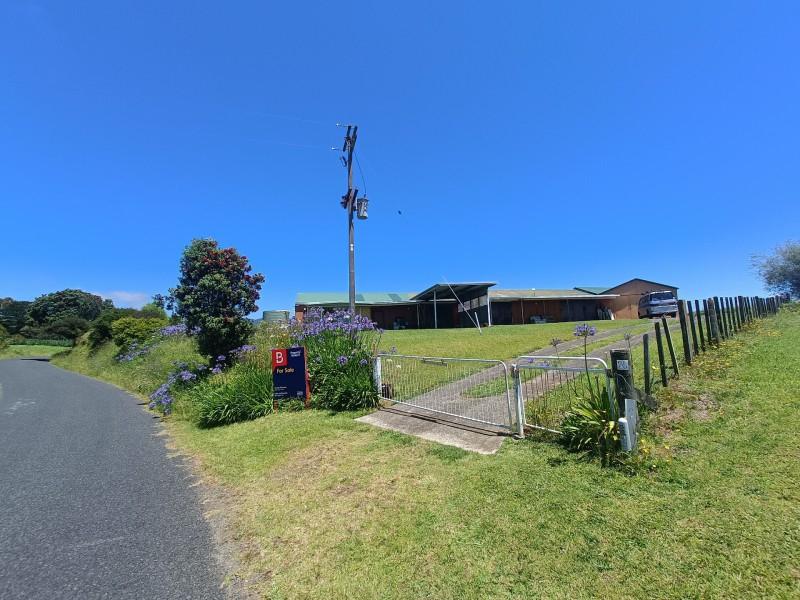
 By Negotiation
By Negotiation

 Marketed by Brooke Woolsey
Marketed by Brooke Woolsey
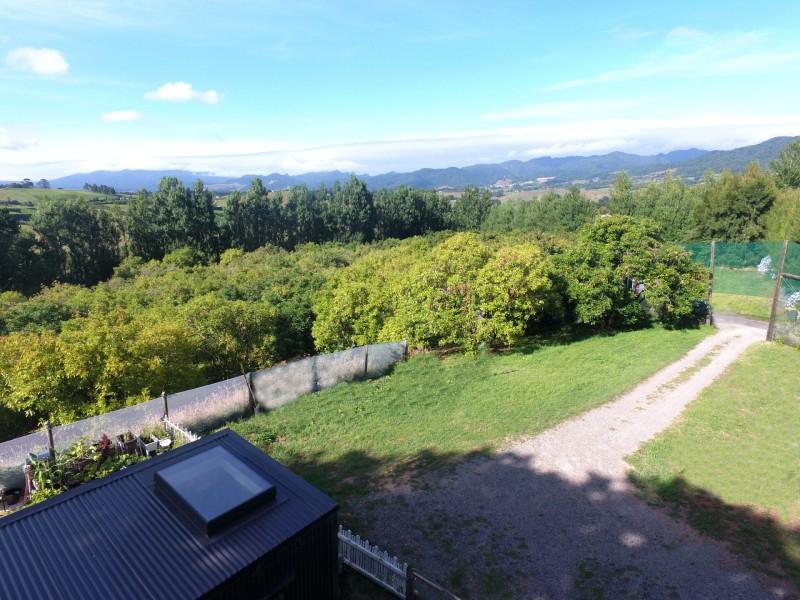
 By Negotiation + GST (if any)
By Negotiation + GST (if any)

 Marketed by Eddie McDermott
Marketed by Eddie McDermott

 Auction
Auction



 Marketed by Matt Stephenson
Marketed by Matt Stephenson
© Neighbourly 2025
